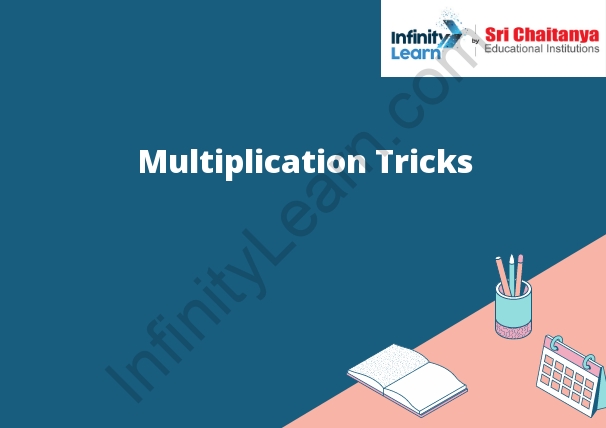Table of Contents
Easy Multiplication Techniques Methods
There are a few different multiplication techniques that can make multiplying numbers a little bit easier. One technique is the commutative property of multiplication, which states that the order of multiplication does not affect the result. For example, 3 x 4 = 4 x 3. Another technique is the distributive property, which states that when multiplying a number by a sum, the number can be distributed over the sum. For example, 4 x (3 + 5) = 4 x 8 = 32. Finally, there is the associative property of multiplication, which states that the order of grouping does not affect the result. For example, (3 x 4) x 5 = 15 x 5 = 75.

Multiplicand and Multiplier
The multiplicand is the number that is multiplied by the multiplier. The multiplier is the number that tells you how many times to multiply the multiplicand.
Easy way of Multiplication
The easiest way to multiply two numbers is to use a pencil and paper.
To multiply two numbers, draw a line under the first number, draw a line under the second number, and then draw a line down the middle. Write the first number on the top line and the second number on the bottom line. Then, draw a diagonal line from the top left to the bottom right of the box. Write the product of the two numbers in the box.
For example, if you want to multiply 3 and 4, you would draw a line under 3, a line under 4, and then draw a line down the middle. Write 3 on the top line and 4 on the bottom line. Then, draw a diagonal line from the top left to the bottom right of the box. Write 12 in the box.
Different Methods Of Multiplication With Examples
There are a few methods that can be used to multiply numbers. The different methods are the standard algorithm, distributive property, and the area model.
The standard algorithm is the most commonly used method for multiplying numbers. The algorithm is as follows:
(1)Line up the numbers to be multiplied so that the ones digits are lined up.
(2)Multiply the numbers in the ones column.
(3)Add the products of the numbers in the ones column.
(4)Line up the numbers to be multiplied so that the tens digits are lined up.
(5)Multiply the numbers in the tens column.
(6)Add the products of the numbers in the tens column.
(7)Add the products of the numbers in the ones and tens columns.
(8)The answer is the sum of the three numbers in the last row.
The distributive property can also be used to multiply numbers. The distributive property states that the product of two numbers is the sum of the products of the individual numbers and the product of the individual numbers multiplied together. The distributive property can be used to multiply numbers that are either next to each other or that are a distance apart.
The area model can also be used to multiply numbers. The area model is a visual model that can be used to help students understand how to multiply numbers. The area model is







